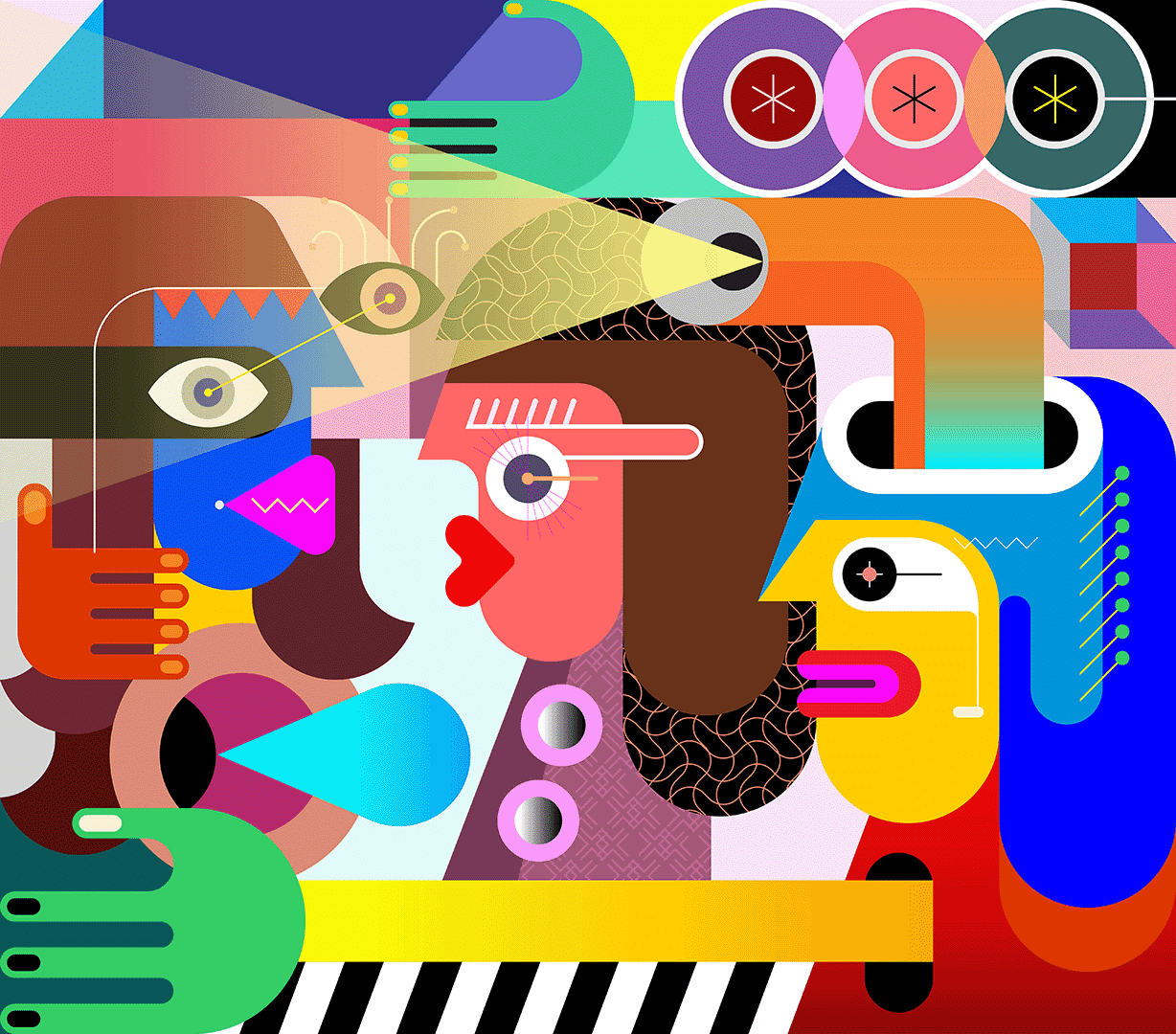What is fluency, and how do you get it?
Most language learners don’t have a clear idea of what fluency is, or why it’s a bad objective if you really want to communicate

Almost every student I’ve ever met has told me that their goal is to be fluent in English. And this is not surprising, because we all describe ourselves as fluent in our native language(s), and because most courses or apps promise fluency in English.
The problem is that most people don’t have a clear idea of what fluency is, and why it’s a bad objective.
The Cambridge dictionary’s definition
Maybe the dictionary can help us to define what fluency is? The Cambridge dictionary’s definition is:
“When a person is fluent, they can speak a language easily, well, quickly, and without many pauses.”
I think this is a definition most people might agree with, but I think it has some serious problems:
- There are many great speakers, like Barack Obama, who speak slowly and with many pauses. But we still call them fluent.
- ‘Easily’ really depends on a lot of factors. I am fluent in English, but personally it would not be easy for me to talk about engineering or ballet dancing, because I have no knowledge of those subjects.
- Unfortunately, there are millions of native speakers of English who are not considered to speak English ‘well’, even though they are perfectly fluent.
But I think that the biggest problem with the definition is that it only refers to spoken language, and only the person speaking. It doesn’t consider the idea that someone could write, or listen, fluently.
So, what is fluency?
I want to start by looking at the true purpose of language. Language is designed for communication, but communication requires at least two people. One to send, and the other one to receive. So language always needs a speaker and a listener, or a writer and a reader.
But it’s not just enough to simply send and receive language. It has to satisfy both people. The sender must transmit their message successfully, and the receiver has to understand it successfully.
And there’s one final ingredient! Successful communication between two people could still be hard work. Imagine a conversation with someone who has poor pronunciation, which requires lots of effort and repetition. Even though you communicate, we can’t consider this conversation fluent.
So based on all this, my definition of fluency is:
“Effortless and successful communication between people.”
How can you get fluency?
Now that you have a definition of fluency, you have a really clear objective, right? Unfortunately, no. You only know if you were fluent at the end of each piece of communication. So it’s a result, not an objective.
The great thing about understanding fluency in this way, is that it means that fluent English does not mean advanced English. You can still be fluent as a beginner.
But making objectives is still super important, so here are some examples of some meaningful objectives:
- Learn the most frequent 2,000 words in English
- Learn the specific vocabulary of my job, or my hobbies
- Learn the culture of the places where I will use my English
- Learn how to take turns in a conversation
- Get lots of experience with the specific accents I will hear
- Practice writing the type of emails I will send in my job
Today’s the day!
The Italian philosopher Giacomo Leopardi said that we can never really experience true happiness because we will always want more. I see this every day in learners. They want more grammar, more vocabulary, more test results, to be happy with their English.
But I guarantee that you already have enough English to experience the magic of language, and nothing will make you happier than to use it right now.